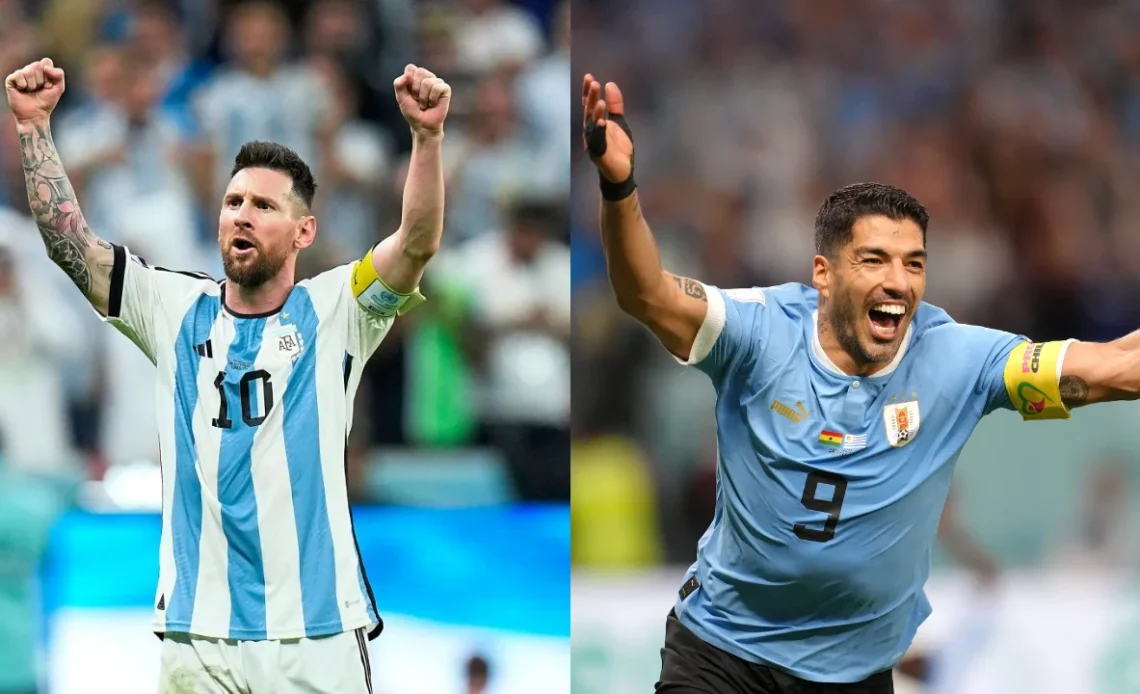The Argentina-Uruguay football rivalry, famously known as the Clásico del Río de la Plata, is a historic and highly competitive clash that has left an indelible mark on the world of football. With 197 official matches played to date, this rivalry goes beyond the realm of sports, influencing cultural, social, and literary landscapes. So without further ado, here is Argentina National Football Team Vs Uruguay National Football Team Timeline.
Origins and Early Encounters
The roots of the rivalry trace back to July 20, 1902, when Argentina emerged victorious with a 6-0 win in the first official match. Over the years, this rivalry has evolved into one of the most significant and competitive in football history, shaping the modern era of the game.
Beyond Football
Beyond the pitch, the Argentina-Uruguay rivalry is often likened to a sibling rivalry. Despite the absence of imperial history, the clash between the “big and little brother” narrative prevails, showcasing Uruguay’s ability to punch above its weight, a characteristic they have maintained throughout the years.
Cultural and Linguistic Proximity:
The linguistic and cultural similarities between Argentina and Uruguay add a unique dimension to the rivalry. Originating from the Viceroyalty of the Río de la Plata and the immigration of Europeans, both nations share common ethnicities and cultures, making the derby a reflection of shared history and identity.
1928 #Amsterdam #Olympics home to #FIFA #WorldCup #football #Championship #Olympic postcard of the #soccer final #match #Uruguay vs #Argentina. The world;s most powerful teams of their time would meet again in another final match at the 1930 @FIFAWorldCup @Uruguay @Argentina pic.twitter.com/1AeD6OcItq
— soccer_museum (@soccer_museum) March 2, 2020
Cultural Proximities and Shared Identities
The linguistic and cultural similarities between Argentina and Uruguay add a unique dimension to the rivalry. Originating from the Viceroyalty of the Río de la Plata and the immigration of Europeans, both nations share common ethnicities and cultures, making the derby a reflection of shared history and identity.
Influence on South American Football Culture
The impact of the Argentina-Uruguay rivalry extends beyond borders, significantly shaping the culture of football in South America. As a center of soccer development, the continent received European influences and, in turn, became an influential force in the global game at the club level. Both nations…
Click Here to Read the Full Original Article at FootTheBall…

